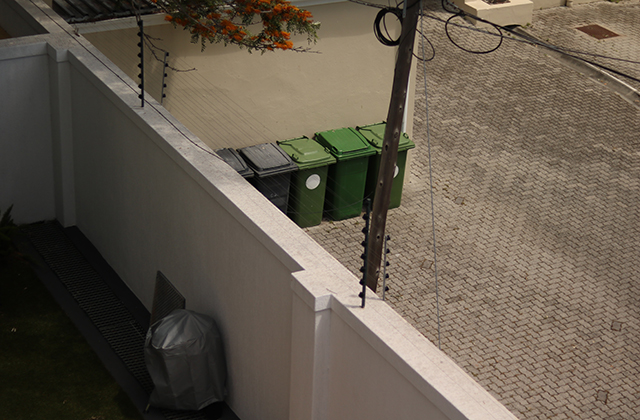Wasted food generates more trash than other household waste. In fact, about one-third of the food produced in the United States is never eaten. Skip bin hire Adelaide help collect food waste which is the primary problem of the suburb.
The USDA estimates that Americans throw away approximately 20% of their food purchases each year. That’s $165 billion worth of wasted food and money!
According to a study by the Natural Resources Defense Council, “Food waste accounts for over 20 percent of municipal landfill volume.”
Food waste is a big problem. It accounts for around one-third of all landfill in the U.S., and it’s a major source of methane emissions, which contribute to climate change.
But what if I told you that food waste actually generates more trash than other types of household waste?
According to a new study from ReFED, there are more than 1.3 trillion pounds of food wasted every year in the U.S., with an annual value of $160 billion. That’s a lot of wasted food!
And while some of this food waste can be composted or recycled, much of it ends up in landfills where it creates methane emissions through anaerobic decomposition (exactly how much methane is created depends upon the type of food being composted).
Waste is a big problem. The average American throws away $200 worth of food each year, and that’s just food that we have in our cupboards or refrigerators. There are also other types of waste that we generate, like plastic bottles and cardboard boxes.
The US EPA estimates that the average American household generates more trash than any other country in the world. While this may not be surprising, there’s one type of trash that Americans tend to throw away more than any other: wasted food.
According to a recent report from the Natural Resources Defense Council (NRDC), Americans throw away about 10% of all the food they buy — or approximately $165 billion worth of food each year. That adds up to about 80 million tons of wasted food every year in America alone!
This is not just an environmental problem; it also has serious financial implications for consumers as well. According to the NRDC report, “Roughly 95 percent of all food waste occurs at home or in restaurants before it even reaches grocery stores.”
A new study from the University of Arizona is the first to quantify the amount of food that goes uneaten at home. The results are eye-opening: Americans waste nearly as much food as they produce.
Americans throw away 40 percent of their food supply — roughly $165 billion worth of food each year. That’s more than 20 pounds per person every month, according to a new analysis by researchers at the University of Arizona.
“We were surprised that we found so much waste,” says Jesse Varnhagen, who led the study while he was a graduate student at UA’s School of Natural Resources and the Environment. “I thought it would be closer to 10 percent.”
Wasted Food generates More Trash than Other Household Waste
The average American family of four throws away $1,365 worth of food each year, according to a study by the Natural Resources Defense Council. That’s enough food waste to feed all the hungry in the United States for an entire year.
Food waste is a serious problem in the United States and around the world, but it’s also something that can be solved through better habits, more thoughtful shopping and more creative cooking.
Here are four ways you can help reduce food waste:
1) Plan your meals for the week on Sunday night so that you have time to cook what you need and don’t have to throw anything away when it goes bad.
2) Shop smarter at grocery stores and farmers’ markets by purchasing only what you need — no more.
3) Learn how to properly store fruits, vegetables and other perishable foods so they don’t spoil too quickly.
4) Get creative with leftovers so they don’t go to waste!
Find here the company that collects food waste in your area.

